(386 products available)
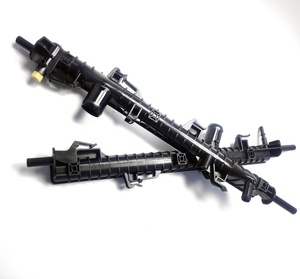
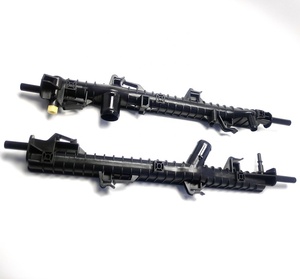


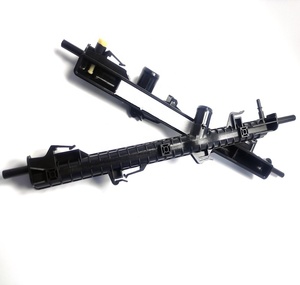



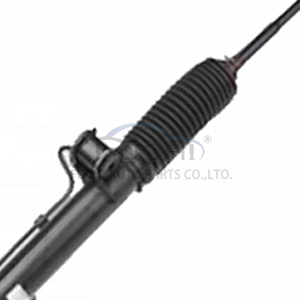



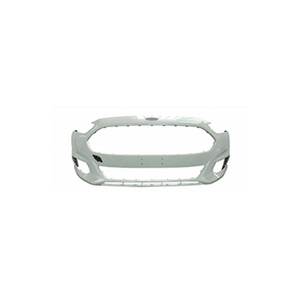










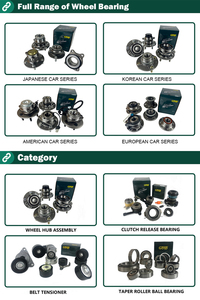




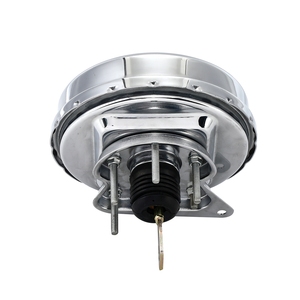













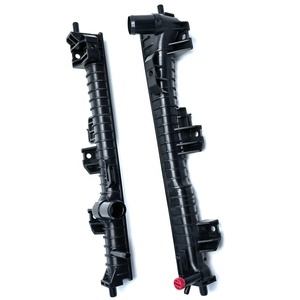
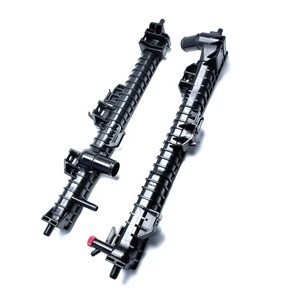
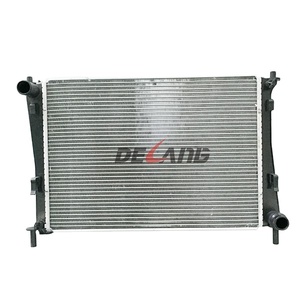
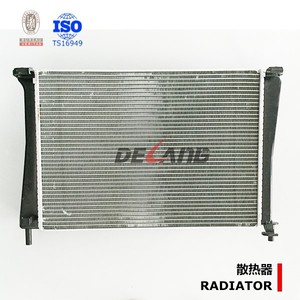
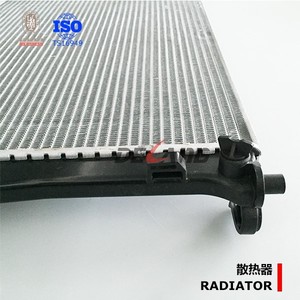

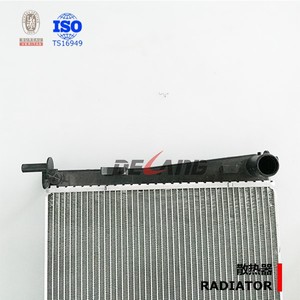



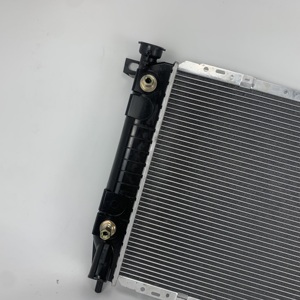







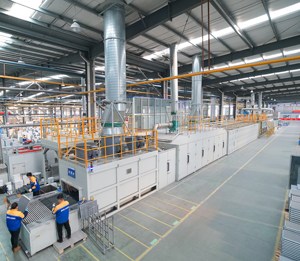

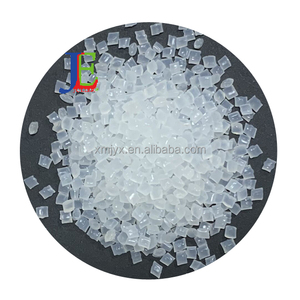

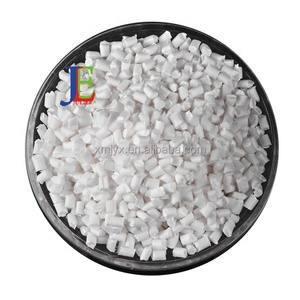
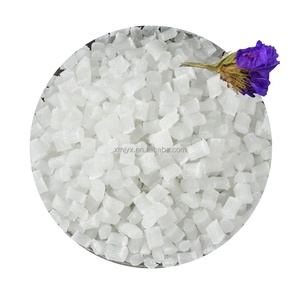



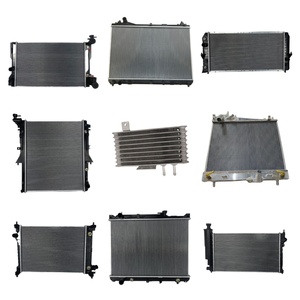






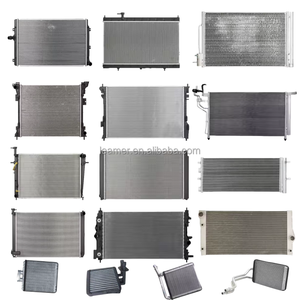




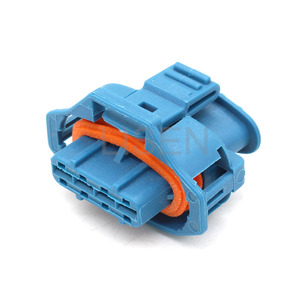
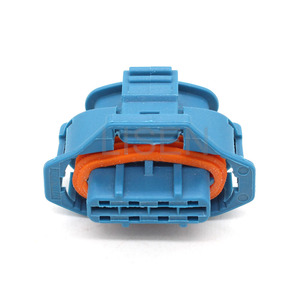


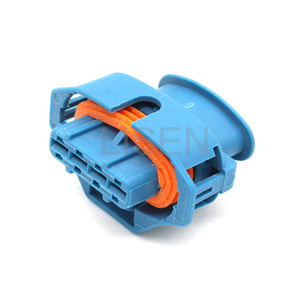
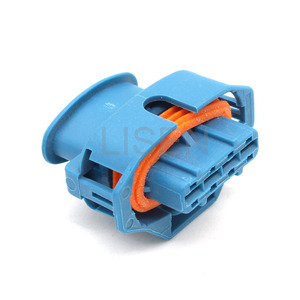












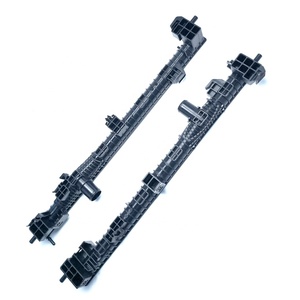


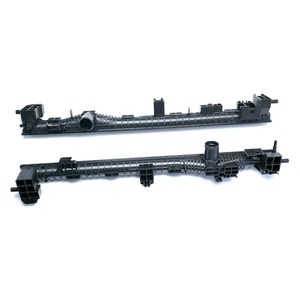
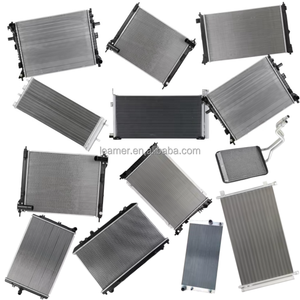

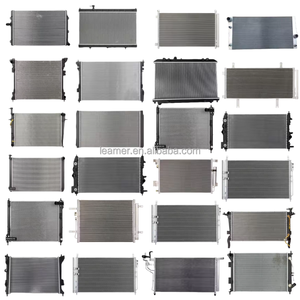







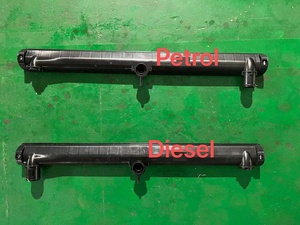




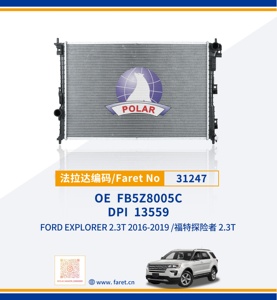


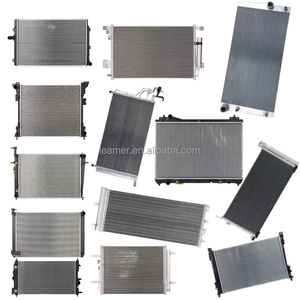



















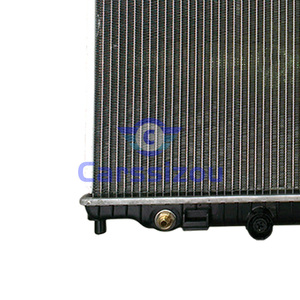



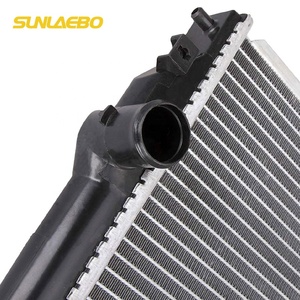
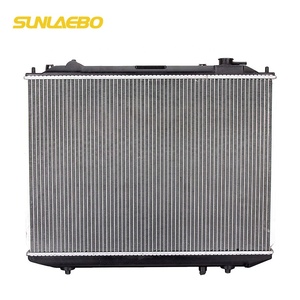





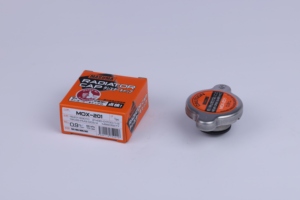

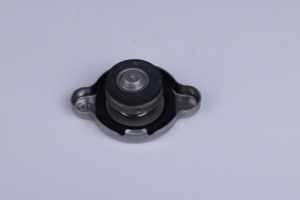
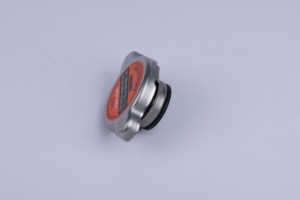

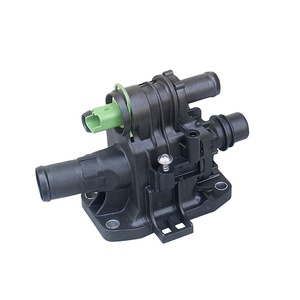

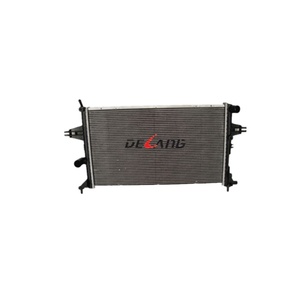
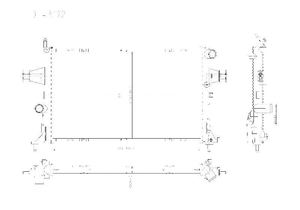


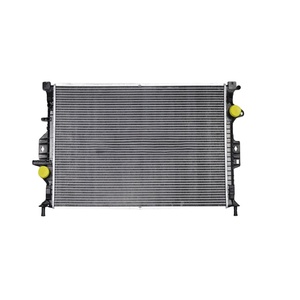


The keyword product and material used to make this product is pa66 gf30. Polyamide 66 (PA66) is a premium synthetic fiber that offers users improved strength and rigidity. It is well liked due to its premium stiffness, strength, and comparative resistance to heat. Glass fiber fillers typically improve the physical characteristics of composite materials, especially to make them rigid and tensile. The combination of PA66 with GF30 results in a polymer that offers premium strength and visibility for any application in which structural integrity is key. This polymer is used in critical automotive applications, such as for insulation, electrical system housing, transmission components, and engine covers.
Ford, like many automakers, is used to incorporate polyamide 66 with 30% glass fiber reinforcement into various components for its strength, heat resistance, and dimensional stability. Different formulations or grades may be available for specific applications, and they can be categorized based on various factors.
Types based on different additives or modification
Certain PA66 GF30 formulations may have additional additives or modifications to improve specific properties. For example, some grades may contain impact modifiers to enhance toughness or additives to improve UV resistance. These modifications are typically tailored to meet the requirements of specific applications or to suit particular operating environments.
Types based on different color implications
While most polyamide 66 materials are black, other colors can be used for different applications. This can depend largely on the company's branding and the parts where the polymer will be used. For example, reddish and blue PA66 GF30 can be used on filter covers to make them more attractive to consumers while still ensuring that they can withstand heat and other adverse conditions.
Types based on different forms
PA66 GF30 can be procured in various forms depending on the consumer's preference. If it's a complex shape, the polymer can be 3D printed. Alternatively, if the shape is simpler, like an automotive grille, it can be injection molded. Other forms of this polymer based on the technique used for procurement include extruded sheets and rolled sheets, which can be used for different automotive parts.
Types based on different filler content
While PA66 GF30 is typically reinforced with 30% glass fiber, other formulations may vary the fiber content. PA66 GF20 or GF40 would represent 20% or 40% glass fiber reinforcement, respectively. These variations are intended to offer different balances of flexibility and rigidity, depending on the specific needs of the application. For example, GF20 would be more flexible but still offer significant reinforcement.
When choosing PA66 GF30 for Ford applications, several key factors should be considered to ensure the selected material meets the required performance and durability standards.
Mechanical properties
Considering the tensile strength, flexural strength, and modulus of the polymer are important because Ford uses materials that can withstand operational stress. This polymer will typically have a tensile strength of about 69 MPa, flexural strength of about 105 MPa, and flexural modulus of about 12 GPa. These values can be used to compare various PA66 GF30 materials to determine the one that is most suitable for a specified application.
Thermal properties
It is also important to consider the thermal stability of the material because automotive parts can be subjected to elevated temperatures. Properties like heat deflection temperature (HDT) and Vicat temperature (which determines the softening point of the material) are crucial. PA66 GF30 has a typical HDT of about 185 °C and a Vicat temperature of about 260 °C. These values can be used to ensure the material will not deform or lose its mechanical properties when exposed to heat.
Chemical resistance
Automotive components are regularly exposed to fuels, oils, and various chemicals. The selected PA66 GF30 grade must be chemically resistant to these substances. Ford specifications typically require materials that can withstand exposure to are dramatic and often chemical substances. Ensure the selected polymer is not susceptible to them.
Application-specific requirements
Different parts and components within Ford vehicles have distinct requirements. For example, materials used in exterior parts may need enhanced UV resistance to withstand prolonged sunlight exposure. In contrast, components under-the-hood may prioritize thermal resistance and durability. Select PA66 GF30 formulations designed for specific applications as per Ford standards.
Testing and validation
Ensure the selected material has been tested and validated for use in automotive applications. Ford, like many manufacturers, puts materials through extensive testing for quality and safety. Check if the specific PA66 GF30 grade has been validated by Ford or other reputable automakers. This information can typically be found in the manufacturer's technical data sheets or documentation.
Uses of PA66 GF30 for Ford depend on the part or component being manufactured. It can be used for mechanical parts and components, under the hood of Ford vehicles, and in structural components.
Other than the exterior decorative trim, which features the grille and trim molding, polyamide 66 GF30 can also be used for functional and structural application components like engine covers, fan shrouds, timing belt covers, and intake manifolds. It can also be used for components like electrical connectors, cable ties, wire clamps, and insulation. These parts require premium strength and rigging to maintain their structural integrity at different temperatures.
Ford vehicles have premium safety features like automatic windows and electric seats, and many of these features use actuators, gears, and supports made from PA66 GF30. This material is used to provide enhanced strength and rigidity to these components and ensure they work effectively over time. It is often used for fuel system components such as fuel tank baffles, fuel filler necks, and fuel pumps and sensors. It helps maintain dimensional stability and chemical resistance in these components, which are regularly exposed to fuel and other chemicals.
In the past, PA66 GF30 was common in many electronic applications, such as housing and support brackets for sensors, cameras, and other electronic devices. Recently, as electric and hybrid vehicles have become more common, PA66 GF30 is often found in components related to battery housings, coolant systems, and other elements concerned with energy management. It also gives good strength and rigidity to the housing and helps protect vital electronic components.
Maintenance of PA66 GF30 materials is very simple and has a long lifespan. It is often used in automobile parts and features different methods for maintaining the materials and extending their lifespans. Maintenance entities entail a mix of preventive and corrective procedures to ensure that the materials and their constituent parts have sufficient strength and rigidity at all times.
The first step to maintain the material and its constituent parts is to regularly clean them. Ford parts made of PA66 GF30 should be cleaned using mild soap and water. For parts with complex geometry, use a soft brush. Avoid using harsh chemicals or solvents that can degrade the material. After cleaning, the part should be thoroughly rinsed to remove any soap residue and moisture, as trapped residue and moisture can cause deterioration over time. Parts should be left to air dry completely or dried gently with a soft, lint-free cloth.
Exposure to UV rays can often cause deterioration in the material over time, even though this rarely happens in the automotive industry as most of the parts are internal. If the parts are external or are subjected to direct sunlight for a long time, manufacturers recommend using UV-stabilized formulations or protective additives. Additionally, the application of wax or UV protectant products can help reduce the effects of UV exposure.
Automotive parts made with PA66 GF30 can be subjected to high temperatures, especially under the hood. Prolonged exposure to excessive heat can degrade the material over time. Generally, these materials find significant application in areas exposed to elevated temperatures. Users are advised to periodically inspect these areas for signs of warping, discoloration, or material degradation and replace components as necessary. Avoiding direct contact with hot surfaces and engine components can help reduce heat exposure.
The automobile industry is famous for dynamic environments with lots of movement and vibration. Pa66 gf30 can be prone to this vibration which, over time, leads to mechanical fatigue. Periodic inspections for signs of cracking, warping, or other forms of mechanical failure. Components under significant load or strain may need to be replaced more frequently. Preventing fatigue failure is key as this can cause not only damage to the material but also to the parts around it, leading to unnecessary costs.
Ford recommends that materials containing PA66 GF30 be periodically checked for signs of environmental stress that can cause deterioration and, in severe cases, chemical reaction between the fuse, oils, and chemicals. Replacement of deteriorated or expired parts is important, as using old or worn-out materials not only lowers the quality of the material but also poses the risk of safety issues.
The combination of Polyamide 66 (PA66) with 30% glass fiber reinforcement (GF30) results in a material with numerous benefits, especially for demanding automotive applications like Ford.
Good rigidity and mechanical strength
The addition of glass fibers significantly increases the rigidity and strength of the PA66 material, making it ideal for structural components that must maintain their shape and functionality under stress. This reinforced material is used in many mechanical parts that demand high tensile strength. These components may include gears, brackets, and structural supports that require the materials to not deform under load.
Dimensional stability
Because of the glass fibers, PA66 GF30 maintains dimensional stability even in fluctuating thermal conditions. This stability ensures that components retain their shape, functionality, and fit over time, minimizing the risk of failure.
Resistance to wear
One of the most important requirements for any material used in the automotive industry is wear resistance. GF30-reinforced PA66 exhibits enhanced wear resistance, making it suitable for high-friction applications like gears and pulleys, which prolongs the life of the component and reduces unnecessary downtime.
Chemical resistance
PA66 GF30 is typically chemically resistant to automotive fluids like fuels, oils, and coolants. This chemical resistance ensures that the material does not degrade when exposed to these substances, making it suitable for various under-the-hood applications.
Cost efficiency and save production time
The enhanced properties of PA66 GF30 can eliminate the need for metal components in some cases, leading to lower overall vehicle weights and potentially lower costs. Furthermore, the durability and strength of this plastic mean that it requires less frequent replacement, which can lead to cost savings over time for both manufacturers and consumers. Also, the materials can be fabricated into complex shapes easily using different methods, from 3D printing to injection molding. This ease of production can lead to faster development times and greater flexibility in design.
Good for the environment
Recently, using light materials that can easily be recycled has been all the rage in the automobile industry, and reinforced polymers fit that description. While they may not be fully recyclable, the potential to recycle plastic components reduces the overall environmental impact. Furthermore, the weight reduction from using these materials contributes to better fuel efficiency, which helps reduce carbon emissions.
A1. PA66 GF30 is a nylon polymer (Polyamide 66) reinforced with 30% glass fiber. It offers enhanced strength, rigidity, and thermal resistance, making it suitable for various automotive components like electrical housings and mechanical parts.
A2. Key properties of PA66 GF30 include high tensile strength, excellent dimensional stability, resistance to heat and chemicals, and improved rigidity due to glass fiber reinforcement. It also has good wear resistance.
A3. PA66 GF30 contributes to safety by providing durable materials for critical components like gears, bearings, and structural parts. Its strength and stability ensure these components can withstand mechanical loads and operate reliably under stress, reducing the risk of failure during vehicle operation.
A4. While PA66 GF30 is challenging to recycle due to its nylon composition, it can be repurposed or processed by specialized recycling facilities. Efforts are ongoing in the automotive industry to improve the recyclability of composite materials.
A5. Maintenance of PA66 GF30 components involves regular inspection for signs of wear or damage. Cleaning with mild soap and water is recommended while avoiding harsh chemicals that could degrade the material. It’s also important to keep an eye on environmental factors like UV exposure, heat, and chemical interaction to ensure the longevity of the components.